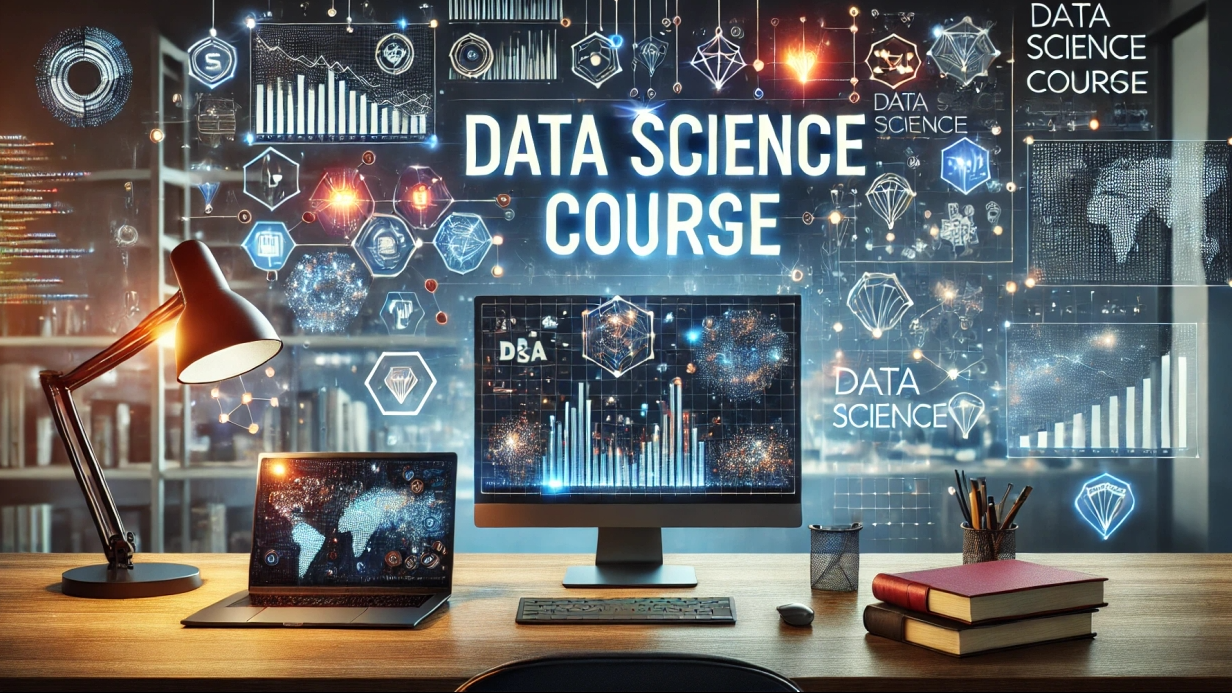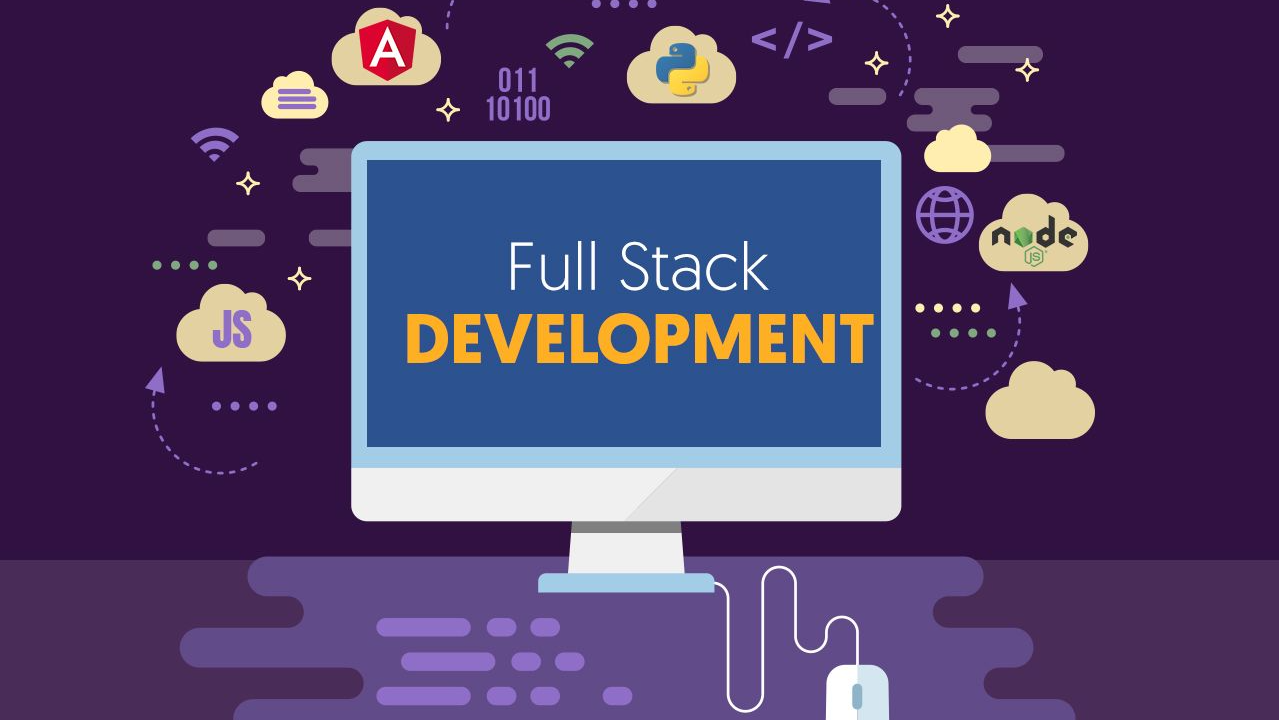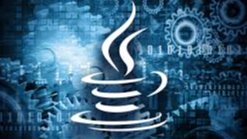Data Science Comprehensive Course Outline
Module 1: Introduction to Python Programming
1.1 Basics of Python
-
Introduction to Python
-
Installing Python and IDEs (Jupyter, PyCharm, VSCode)
-
Writing your first Python program
1.2 Variables and Data Types
-
Variables and Constants
-
Data types: Integer, Float, String, Boolean, and Complex
-
Type conversion and casting
1.3 Control Structures
-
Conditional Statements (if, elif, else)
-
Loops: for, while
-
Break, Continue, and Pass
1.4 Functions and Modules
-
Defining and calling functions
-
Function arguments and return values
-
Importing and using Python libraries
1.5 Advanced Python Concepts
-
File handling: Reading and writing files
-
Error and Exception handling
-
Object-Oriented Programming: Classes, Objects, Inheritance, Polymorphism
Module 2: Statistics and Probability
2.1 Basics of Statistics
-
Descriptive statistics: Mean, Median, Mode, Variance, Standard Deviation
-
Data visualization with graphs (Histogram, Boxplot)
2.2 Probability Concepts
2.3 Statistical Distributions
2.4 Hypothesis Testing
-
Null and Alternative Hypotheses
-
p-values and significance levels
-
T-tests and Chi-Square tests
2.5 Data Inferences
Module 3: Data Manipulation and Visualization
3.1 Data Manipulation with Pandas
-
DataFrames and Series
-
Data cleaning: Handling missing values, duplicates
-
Filtering, sorting, and grouping data
3.2 Numerical Computations with NumPy
-
Arrays: Creation and operations
-
Indexing, slicing, and broadcasting
-
Statistical and mathematical operations
3.3 Data Visualization with Matplotlib
-
Line, Bar, and Pie charts
-
Customizing plots: Titles, labels, legends
-
Subplots
3.4 Advanced Visualization with Seaborn
-
Pairplots, Heatmaps, and Violin plots
-
Customizing Seaborn styles
-
Multi-variable visualizations
Module 4: Machine Learning
4.1 Introduction to Machine Learning
4.2 Supervised Learning Techniques
-
Regression: Linear and Logistic Regression
-
Decision Trees and Random Forests
-
Support Vector Machines (SVMs)
4.3 Unsupervised Learning Techniques
4.4 Practical Implementation
-
Using Scikit-Learn for ML models
-
Model evaluation: Accuracy, Precision, Recall, F1 Score
-
Cross-validation and hyperparameter tuning
Module 5: Deep Learning and Artificial Intelligence
5.1 Fundamentals of Deep Learning
5.2 TensorFlow Basics
5.3 Advanced Deep Learning
-
Convolutional Neural Networks (CNNs) for computer vision
-
Recurrent Neural Networks (RNNs) for sequence modeling
-
Transfer learning and pre-trained models
5.4 Natural Language Processing (NLP)
Module 6: Data Tools and Dashboards
6.1 Data Visualization Tools
6.2 Dashboard Creation
6.3 Case Studies
Module 7: Projects and Applications
7.1 Real-World Projects
-
Dashboard Creation: Build an interactive sales performance dashboard using Power BI
-
Customer Churn Prediction: Analyze and predict customer churn using machine learning
-
Sentiment Analysis: Develop a sentiment analysis model for product reviews
-
Facial Recognition System: Build a facial recognition system using TensorFlow
7.2 Capstone Project
Why Enroll?
By completing this course:
-
You’ll master essential data science tools like Python, Scikit-Learn, TensorFlow, and Tableau.
-
You’ll gain hands-on experience with real-world datasets and projects.
-
You’ll build a professional portfolio to showcase your skills to employers.








